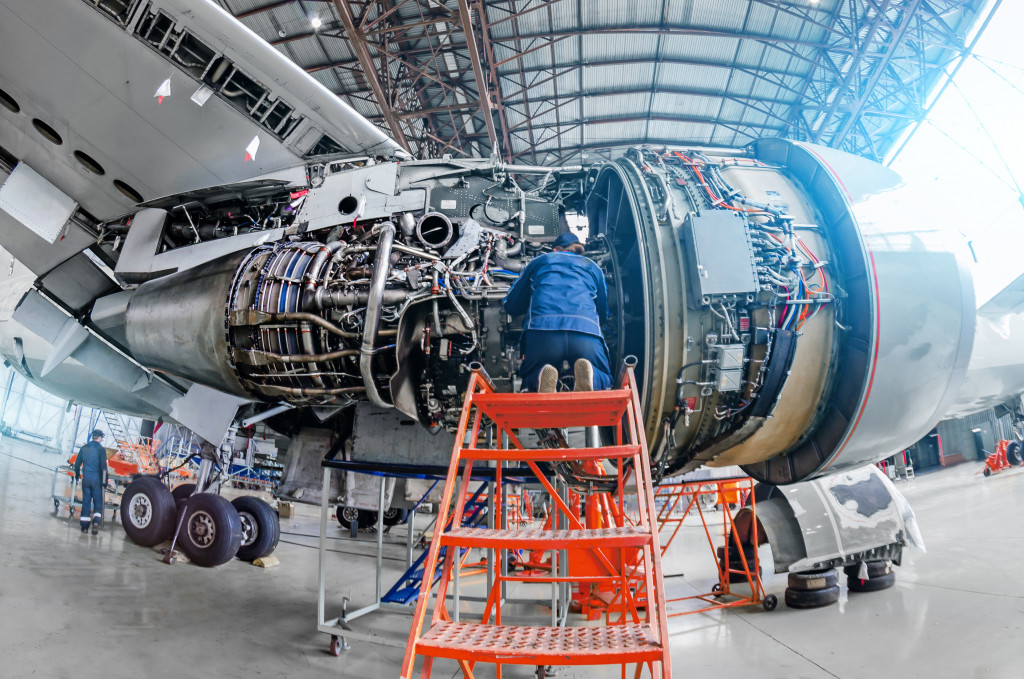In today’s business world, one thing can be counted on more than anything else: the inevitability of downtime. Whether caused by a natural disaster, human error, or just plain old bad luck, businesses big and small are always susceptible to having their operations come to a grinding halt. And while some companies may be better prepared than others to deal with these disruptions, the truth is that no one is immune. Here are four ways to avoid AOG and eliminate downtime:
Develop a Business Continuity Plan
As any business owner knows, downtime is the enemy. Every minute your company is not up and running is a minute of lost revenue and opportunity. That’s why it’s so important to have a solid business continuity plan in place. After all, you never know when an emergency might strike. A business continuity plan (BCP) is a document that outlines how a business should continue operating in the event of an unexpected shutdown. This could be from a natural disaster to a power outage. The goal of a BCP is to minimize downtime and get the business back up and running as quickly as possible.
There are several key components to an effective BCP:
- You’ll need to identify the essential functions of your business and make sure there are contingency plans in place for each one.
- You’ll need to create a communication plan so that everyone knows what to do in the event of an emergency.
- You’ll need to test your goals regularly to ensure they’re still effective.
Taking these steps can help ensure that your business stays up and running, even in adversity.
Conduct Regular Maintenance Checks
Maintaining your aircraft is crucial to ensuring its airworthiness and preventing unscheduled downtime. That’s why it’s essential to conduct regular maintenance checks, paying close attention to any areas that may be subject to wear and tear. Doing so will help you identify potential problems early on before they have a chance to cause an AOG situation.

In addition, regular maintenance checks will help keep your aircraft in peak condition, prolonging its lifespan and reducing the need for major repairs down the road. By conducting regular maintenance checks, you can avoid costly delays and keep your aircraft flying safely and efficiently for years to come.
However, the checks alone won’t be enough. You also need the equipment required to fix repairs identified during the checks. Hence, it is vital to have all the ground support equipment (GSE) in place. If you don’t have the equipment, you can rent GSE equipment for short or long terms based on your requirements. Renting the equipment saves you a considerable investment as you can get them as and when required. This also gives you a wide range of equipment options if you can’t buy all the required equipment.
Make Sure Your Employees are Trained
Downtime is the arch-nemesis of any business owner. When your machines are down, you’re losing money. And if you don’t have a plan to deal with unplanned downtime, it can quickly spiral out of control. One way to avoid downtime is to ensure your employees are adequately trained to deal with it. Employees are often unaware of the steps they need to take to prevent or minimize downtime. As a result, they end up scrambling when something goes wrong.
By ensuring that your employees are adequately trained, you can avoid the chaos and confusion that often leads to extended downtime. In addition, proper training can help identify potential problems before they cause a complete shutdown. As they say, an ounce of prevention is worth a pound of cure. Investing in employee training can save your business time and money in the long run.
Invest in Redundant Systems
Downtime is every business’s nightmare. Not only does it result in lost productivity, but it can also lead to lost customers and revenue. The best way to avoid downtime is to invest in redundant systems. Redundant systems are designed to provide backup in the event of a failure in the primary system. This ensures a backup is always available, minimizing the risk of downtime.
While redundant systems may cost more up-front, they can save businesses considerable money in the long run. In today’s competitive marketplace, investing in redundant systems is essential for any business that wants to avoid downtime.
Following these four steps will help you avoid AOG and eliminate downtime. However, it’s important to remember that no matter how well-prepared you are, there’s always a chance that something could go wrong. The best way to deal with this is to have a plan in place so that you can quickly and easily recover from any interruption.




